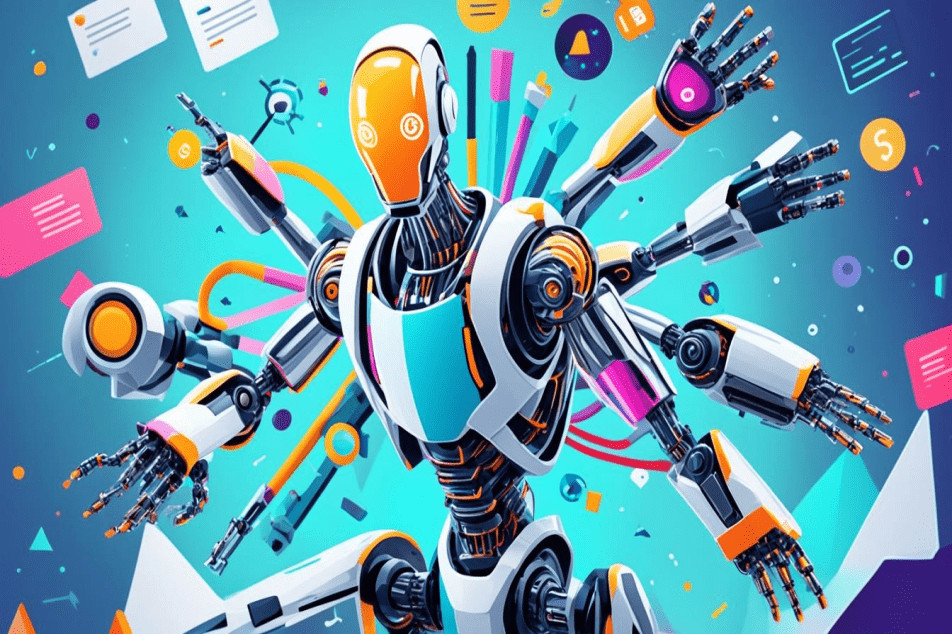In the ever-evolving landscape of design, Artificial Intelligence (AI) has become a powerful tool for digital creators. From enhancing creativity to automating repetitive tasks, AI is transforming the way we approach design. In this article, we will explore real-world examples of AI in design and how they are reshaping the industry for digital creators.

The Rise of AI in Design
As technology advances, AI has made significant strides in the design field. With its ability to analyze data, recognize patterns, and generate creative solutions, AI is opening new possibilities for designers. In recent years, AI-powered design tools have gained popularity, providing digital creators with innovative ways to bring their ideas to life.
AI in Graphic Design
One of the most prominent areas where AI is making an impact is graphic design. AI algorithms can analyze design trends, suggest color palettes, and even create entire layouts. For instance, platforms like Simplified offer AI-driven graphic design tools that allow users to generate stunning visuals effortlessly.
AI for Responsive Design
Creating responsive designs that adapt to different devices and screen sizes is a crucial aspect of modern design. AI can automate this process by analyzing user behavior and adjusting design elements accordingly. This ensures a seamless user experience across various platforms. For more insights on this, visit AI for responsive design.
AI in Architectural Visualization
AI is also revolutionizing architectural design by enabling realistic visualizations and simulations. It can generate 3D models, predict structural performance, and optimize space utilization. These capabilities allow architects to explore innovative design concepts and make data-driven decisions. Learn more about this at AI for architectural visualization.
AI for 3D Modeling
In the realm of 3D modeling, AI is streamlining the creation of detailed and complex models. By automating routine tasks, designers can focus on refining their creative vision. AI-powered tools can analyze design parameters and optimize models for efficiency and aesthetics. Discover more at AI for 3D modeling.
The Role of Neural Networks in Design
Neural networks, a subset of AI, play a vital role in design innovation. They can learn from vast datasets and generate design concepts that align with specific requirements. This capability is particularly useful in product design, where customization and precision are essential. Explore the potential of neural networks in design at neural networks in design.
AI in Predicting Design Trends
Staying ahead of design trends is crucial for digital creators. AI can analyze current trends and predict future ones by processing vast amounts of data. This allows designers to create relevant and timely content. For more insights on this, visit how AI predicts design trends.
Conclusion
The integration of AI in design is transforming the industry for digital creators. By automating tasks, enhancing creativity, and providing data-driven insights, AI empowers designers to push the boundaries of innovation. As AI continues to evolve, it will undoubtedly unlock new possibilities and redefine the future of design.

FAQ
What are some real-world examples of AI in design?
AI is used in graphic design, architectural visualization, 3D modeling, and predicting design trends. These applications demonstrate how AI enhances creativity and efficiency in design processes.
How does AI impact graphic design?
AI impacts graphic design by analyzing trends, suggesting color palettes, and automating layout creation. This enables designers to produce high-quality visuals efficiently.
Can AI predict future design trends?
Yes, AI can predict future design trends by analyzing large datasets and identifying patterns. This helps designers stay ahead of trends and create relevant content.







